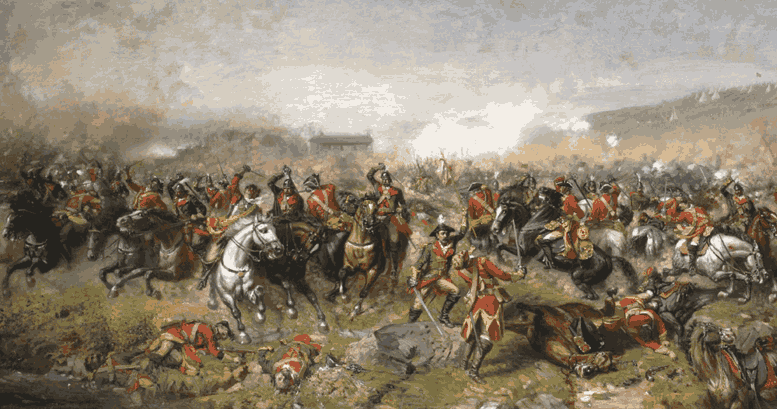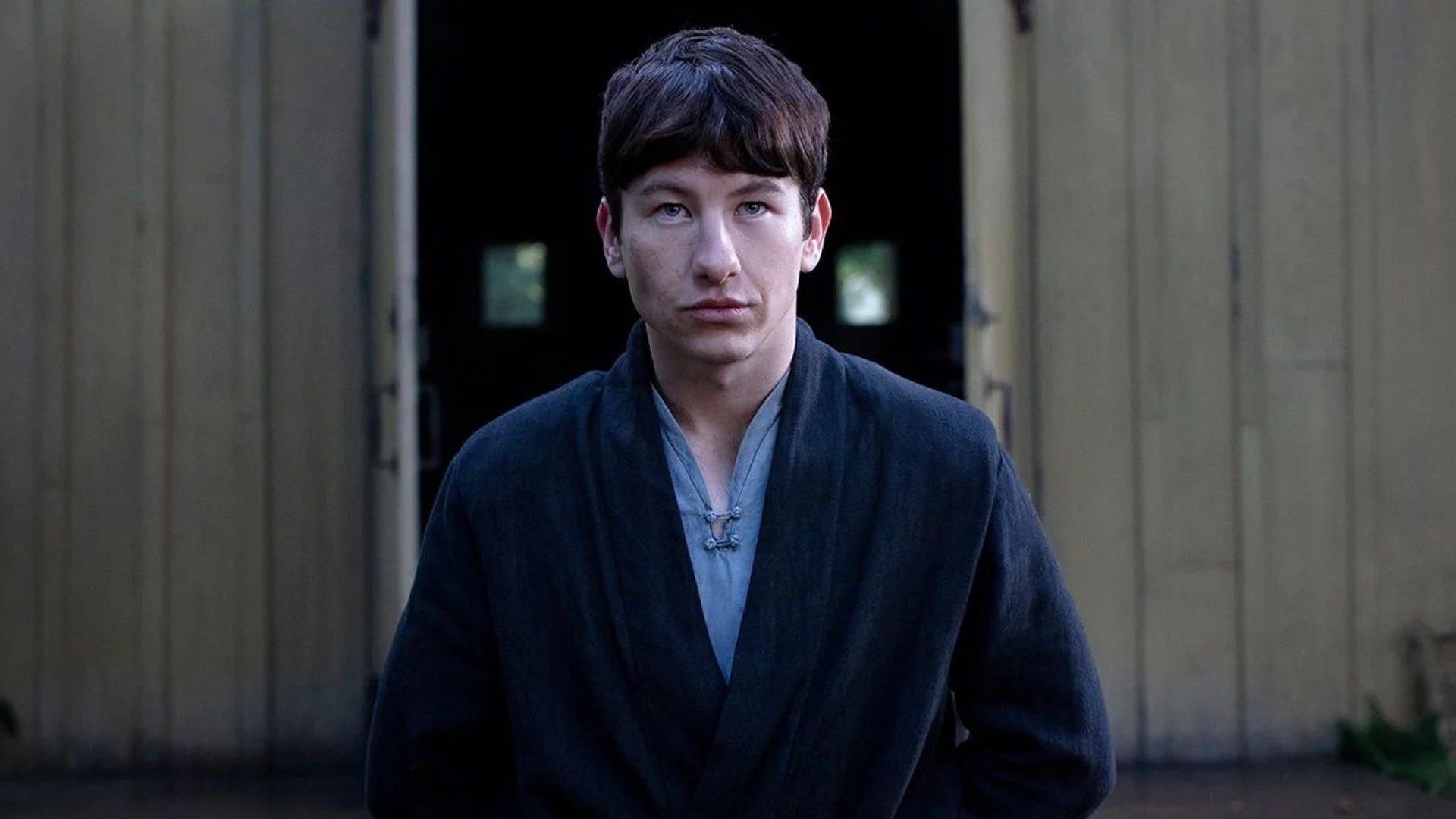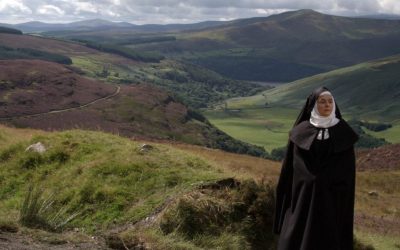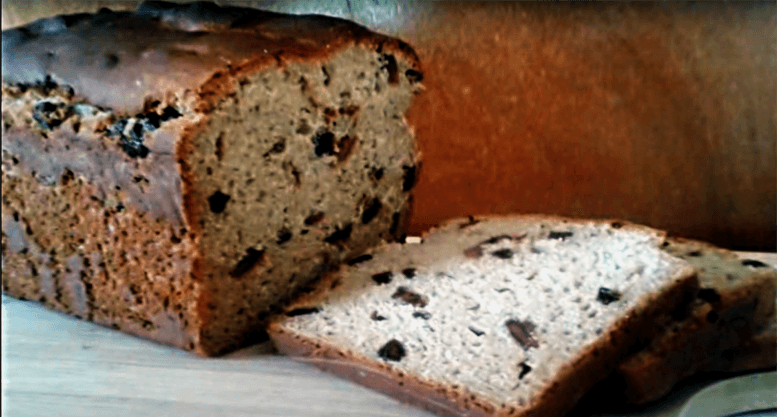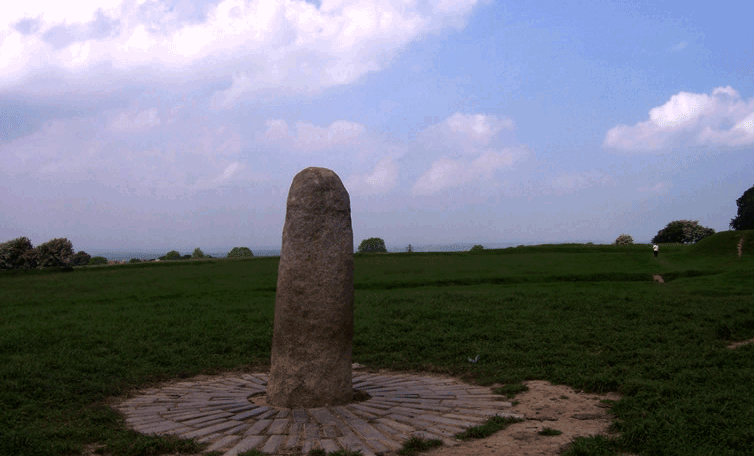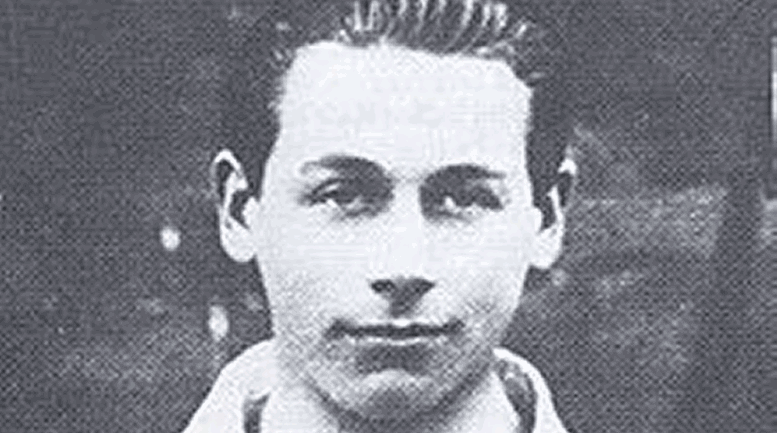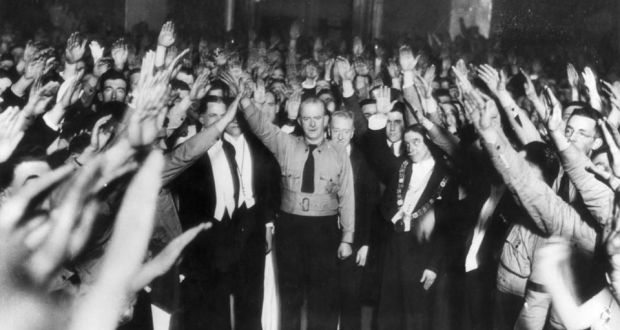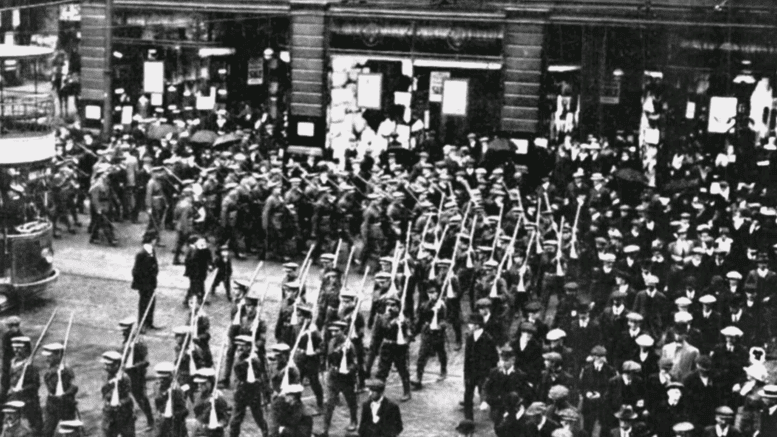In 1691 the Jacobite holdings were for the most part in Connaught with garrisons at Sligo, Athlone and Limerick. The river Shannon provided them with a natural line of defence.
In the south William’s commander, the Earl of Marlborough, marched on Cork and in September 1690 that city fell. The Williamites next turned west and tried unsuccessfully at the sieges of Athlone and Limerick.
They returned in 1691 and, under General Godard de Ginkel, besieged Athlone, taking it after a bloody battle. De Ginkel crossed the Shannon and headed towards Limerick and Galway with an international force of 30,000 men. At Aughrim, he came up against a Jacobite force of the same size which was made up of Irish Rapparees and French Jacobites under Marquis de Saint Ruth with Patrick Sarsfield as his second in command.
The battle of Aughrim
On the 12th July, the two armies engaged in battle at Aughrim which would become the deadliest battle in the history of Ireland and see the defeat of King James army.
Initially, the Jacobites managed to drive back the English but De Saint Ruth was decapitated by a cannonball. The Irish continued to fight but eventually had to fall back. They had lost approximately 4000 men in the battle. Many of these had taken refuge in a bog but were slaughtered upon capture. Only 500 prisoners were taken.
Around this time William offered peace terms to the Earl of Tyrconnell which were very fair. They included the right of Catholics to practise their religion, the return of half of the churches that had been seized and half of the properties that Catholic families had forfeited. Tyrconnell did not trust William and refused these terms so continuing the war.
As the Williamites progressed into Connaught the Jacobite garrisons of Galway, on 21st July and later Sligo in September, surrendered under terms which permitted them to leave these towns and march to Limerick.
The flight of the Wild Geese
De Ginkel’s army next marched on and laid siege to Limerick which was defended by French and Irish troops. The city’s poor defences had been strengthened after King William’s unsuccessful siege the previous year. De Ginkel first bombarded the walls at English-town making a breach and his men attacked Thomond bridge driving the defenders back towards the city’s main gate. Here the defenders were French and they refused to open the gate for the retreating Irish. The Williamites killed 800 men. In anger, Patrick Sarsfield took over command of the city garrison from the French and entered into negotiations for surrender. De Ginkel offered to respect the civilian population, guaranteed that Catholics in Ireland would not lose their lands and to allow Sarsfield and his force of 10,000 men and 4000 women and children to leave for France. The exile of these troops, and subsequent soldiers, who left Ireland to fight in foreign armies, became known as the flight of the Wild Geese (na Géanna Fiaine).
The fall of Limerick sealed British rule in Ireland and although King William was favourable to the terms of surrender, Parliament rejected them and instead imposed the much harsher penal laws which sank Irish Catholic society into poverty for well into the 18th Century Ireland.
